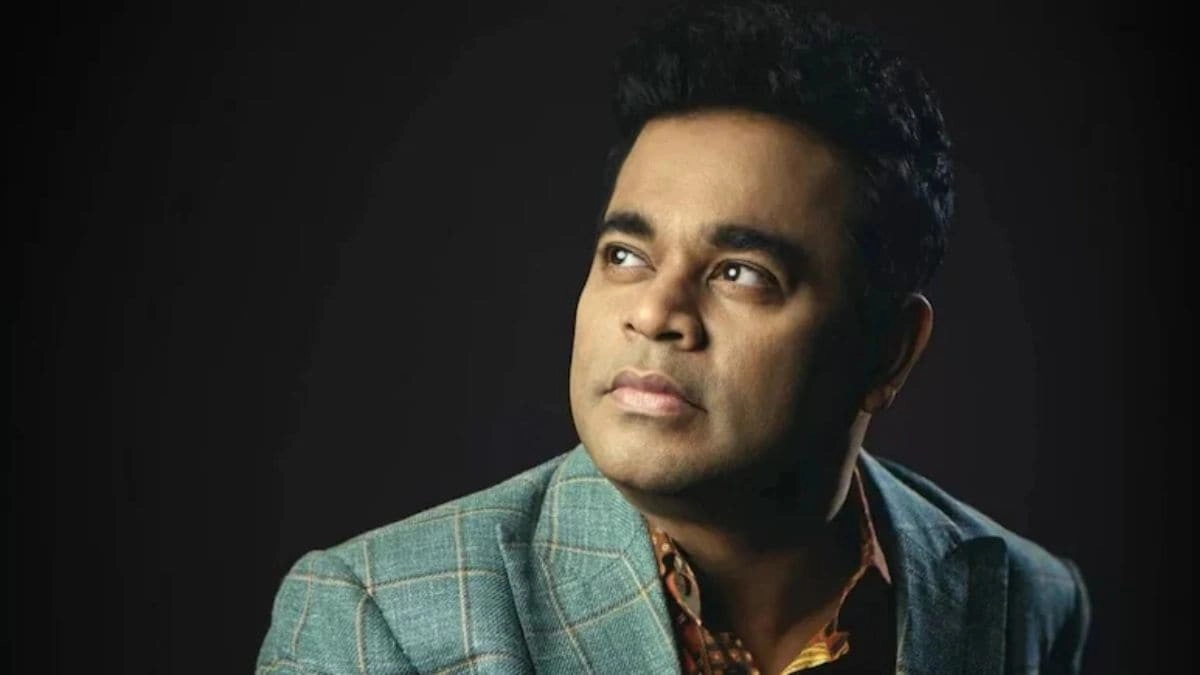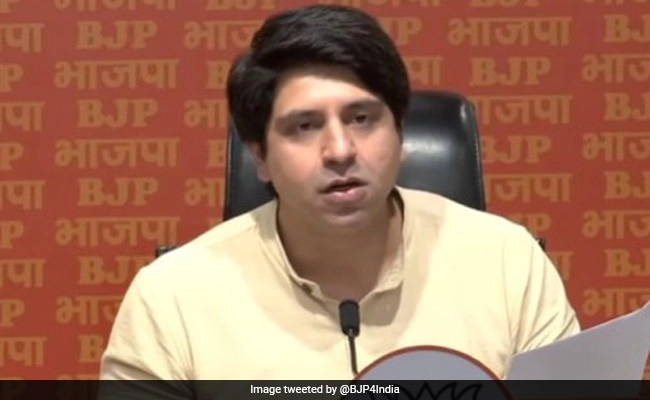In a significant legal development, the High Court has imposed a hefty fine of Rs 2 crore on renowned composer A.R. Rahman and the makers of the much-anticipated film “Ponniyin Selvan 2.” This decision comes as a result of a copyright infringement case that has garnered considerable attention in the film industry. The case revolves around allegations that certain elements of the film’s music and storyline infringe upon existing copyright protections. The ruling serves as a reminder of the complexities and challenges that artists and filmmakers face in the realm of intellectual property rights.
The film “Ponniyin Selvan 2,” which has been eagerly awaited by fans of Tamil cinema, is based on the classic Tamil novel of the same name by Kalki Krishnamurthy. The story is set in the Chola dynasty and has been a source of inspiration for many adaptations in various forms of media. However, the allegations against the film highlight the delicate balance between artistic expression and copyright law. The High Court’s decision underscores the importance of respecting original works while navigating the creative process.
A.R. Rahman, an internationally acclaimed musician, has a long history of creating memorable soundtracks that resonate with audiences. His involvement in “Ponniyin Selvan 2” was seen as a pivotal element contributing to the film’s potential success. The court’s ruling not only places a financial burden on the creators but also raises questions about the future of artistic collaborations in an era where copyright disputes are increasingly common. As the film industry continues to evolve, this case may serve as a precedent for how similar disputes are handled in the future.
The ramifications of this ruling extend beyond just the financial implications for Rahman and the film’s producers. It calls into question the broader practices within the film industry regarding copyright adherence and the protection of creative works. As filmmakers and artists strive to innovate, they must also navigate the intricate landscape of copyright law, ensuring they respect the boundaries set by previous creators. This case highlights the ongoing tension between inspiration and originality, an issue that will likely continue to be at the forefront of discussions in the arts and entertainment sectors.
Ultimately, the High Court’s decision to levy a fine in this high-profile copyright case serves as a critical reminder of the responsibilities that come with creativity. It emphasizes the need for artists to be vigilant in their practices and to seek proper guidance when navigating the often murky waters of intellectual property rights. As the industry awaits the outcome of this case and its impact on “Ponniyin Selvan 2,” it remains to be seen how it will shape the future of artistic endeavors in Indian cinema.




